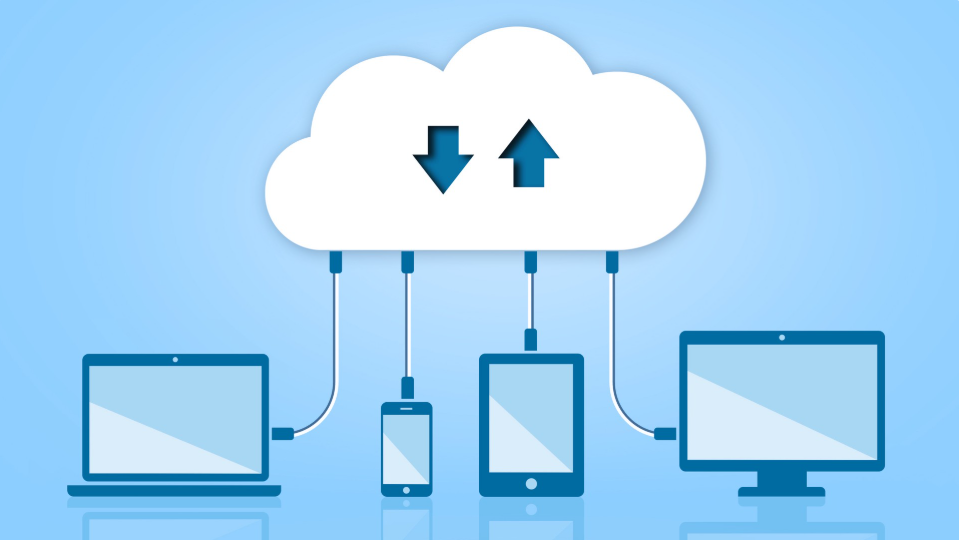
Offshore work is becoming more common as companies look for the best talent worldwide. But when developers are spread across different countries and time zones, working closely together on the same code can be a challenge. Offshore pair programming and code collaboration solve this problem by allowing developers to share knowledge, improve code quality, and build stronger teamwork—even when they are thousands of miles apart. Below are some strategies to make offshore coding collaboration truly effective.
1. Use the Right Tools
The foundation of any successful offshore collaboration is the set of tools developers use. Without the right technology, pair programming across borders can quickly become frustrating. Platforms such as Visual Studio Code Live Share allow developers to edit and debug the same code in real time, while JetBrains Code With Me enables seamless full-session sharing. Communication platforms like Google Meet, Zoom, or Microsoft Teams add a layer of face-to-face interaction that makes remote sessions feel more natural. Meanwhile, GitHub, GitLab, or Bitbucket provide version control, ensuring every code change is tracked and reviewed effectively. When these tools are used together, offshore teams can collaborate almost as smoothly as if they were working in the same office.
2. Set Clear Goals
Pair programming sessions work best when there is a clear purpose. Before starting, developers should agree on the task at hand, whether it’s fixing a specific bug, building a new feature, or improving test coverage. They should also define what success looks like, such as producing clean, working code or completing a feature within the session. It’s equally important to decide on time boundaries—knowing that a session will last, say, 90 minutes keeps everyone focused and prevents fatigue. Clear goals reduce wasted time and help ensure that the session delivers measurable results.
3. Follow a Structured Approach
Structure is what keeps pair programming efficient and engaging, especially for offshore teams who may not have the luxury of long overlapping hours. Two common methods work particularly well. In the Driver–Navigator model, one developer types the code (Driver) while the other thinks strategically, reviews the code, and suggests improvements (Navigator). Switching roles regularly keeps both developers active and learning. The Ping-Pong Pairing method is another strong approach: one developer writes a failing test, and the other writes the code to make it pass, then they swap. This keeps the workflow balanced and ensures that test-driven development principles are naturally followed.
4. Communicate Effectively
Even with great tools and clear goals, offshore collaboration can fall apart without strong communication. Developers should speak clearly, actively listen, and confirm their understanding to avoid misalignment. Asking questions—no matter how simple—helps clarify assumptions, while giving feedback constructively keeps the session positive. Using shared notes or chat tools during the session can also be useful for tracking important decisions or ideas. When communication flows smoothly, pair programming becomes less of a chore and more of a creative, productive exchange.
5. Take Breaks
Coding requires deep concentration, and doing it in real-time collaboration can be mentally draining. That’s why structured breaks are essential for maintaining focus and energy. Many teams use the Pomodoro technique, which involves working in 25-minute blocks followed by 5-minute breaks, to stay fresh. During breaks, developers can stretch, grab water, or simply step away from the screen to reset their minds. These pauses may seem small, but they dramatically improve concentration, reduce fatigue, and ultimately lead to higher-quality code.
6. Use Version Control Properly
No matter how well two developers collaborate in real time, strong version control practices remain critical. Offshore teams should commit changes frequently and in small chunks, with clear commit messages that make the code history easy to follow. Pull requests can then be used for code reviews, discussions, and approval, ensuring that quality standards are maintained. Finally, handling merge conflicts carefully prevents disruptions and ensures no work is lost. Proper use of version control not only secures the codebase but also fosters accountability and transparency within the team.
Offshore pair programming and code collaboration can transform the way distributed teams work together. By combining the right tools, setting clear goals, following structured methods, and maintaining strong communication, teams can overcome the challenges of distance and time zones. Adding regular breaks and disciplined version control practices ensures that sessions remain productive and stress-free. When done well, offshore collaboration doesn’t just produce better code—it strengthens team bonds and accelerates learning across borders.
Suggested Posts
How useful was this post?
Share it with your friends
Get our latest articles here!
Do you have any questions?
Help us improve the content of this Insightful blog by asking us questions. Manifera's team of experts will help you answer these questions as soon as possible.












